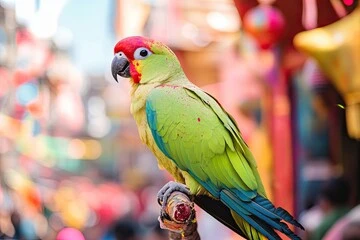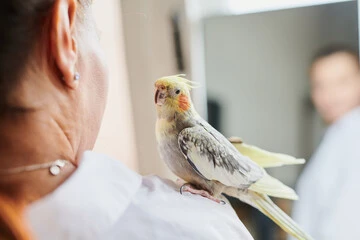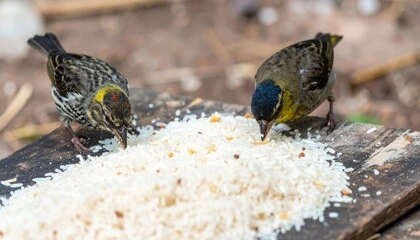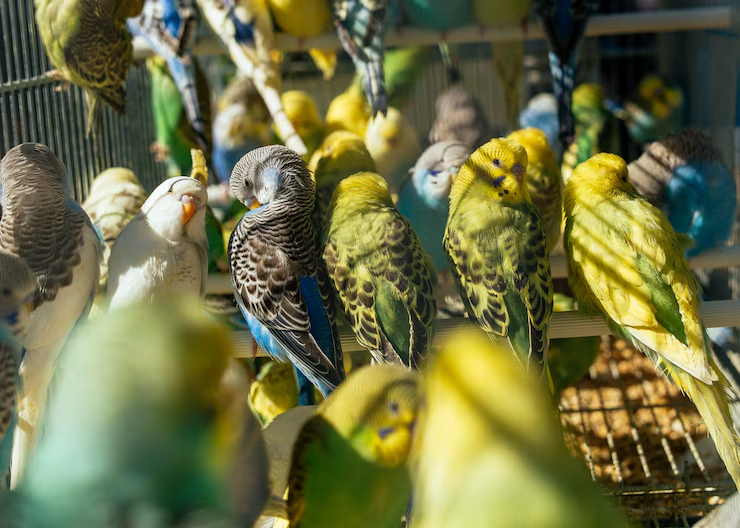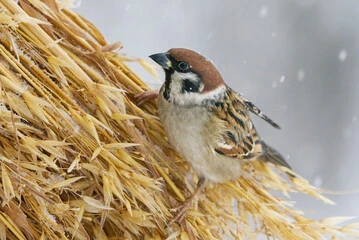Strawberry Finch Bird: How to Raise Vibrant, Thriving Companions

Imagine opening your aviary to a burst of living fireworks – tiny bodies exploding in crimson, speckled white like scattered stars. That first time I saw strawberry finches, their radiance rewrote my definition of avian beauty. These feathered jewels, barely larger than your thumb, transform ordinary spaces into living art galleries. If your heart races at the thought of caring for nature’s masterpiece, you’re in the perfect place. Let’s journey through the wonderful world of these winged rubies.
Table of Contents
What Exactly is a Strawberry Finch Bird?
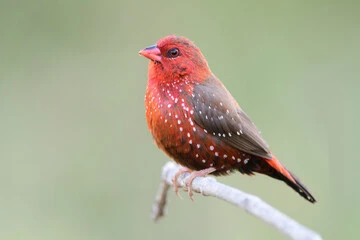
Scientifically known as the Red Avadavat (Amandava amandava), this sparrow-sized dynamo belongs to the Estrildidae family. Its scientific name traces back to Ahmedabad, India (locally called Amdavad). You’ll also hear them called red munias or strawberry finches – the latter perfectly capturing their fruit-inspired plumage. Males are living valentines during breeding season, with deep cherry-red bodies dotted in white “seed” speckles and wings of chocolate brown. Females sport more subdued golden-brown feathers but share that distinctive wax-like scarlet beak mentioned by aviary keepers. These tropical treasures measure just 3.5-4 inches, making them smaller than most common pet birds.
Wild Origins: Home of the Winged Jewel
In nature, strawberry finch habitats span across South and Southeast Asia. You’ll find them in grasslands, rice paddies, and scrub forests of India, Nepal, Indonesia, and parts of Thailand. Their populations fluctuate seasonally, often migrating locally as food sources change. Social butterflies of the bird world, they form large chattering flocks – sometimes mingling with other finch species – creating vibrant, fast-moving clouds of color.
Strawberry Finch Habitat Setup: Recreating Paradise at Home
Despite their exotic looks, strawberry finch care remains surprisingly straightforward with proper planning. The key? Mimicking their natural environment to make them comfortable and confident.
Aviary Essentials: Space, Layout & Plants
- Size Matters: House them in spacious flights (min 24″ L x 16″ W x 18″ H for pairs) – vertical space encourages natural perching patterns
- Plant-Friendly Zones: Add clumping grasses, bamboo shoots, and sturdy shrubs like ficus to replicate native landscapes
- Shelter Zones: Create shaded retreats using broad-leafed plants or wooden baffles
- Water Feature: A shallow bathing dish is non-negotiable – these birds adore daily splashing rituals
Climate Control: Temperature & Humidity
Strawberry finches thrive between 65-80°F – avoid sudden drafts or cold dampness. Bundle up cages when temperatures dip below 60°F. Humidity above 40% keeps those dazzling feathers luminous. For northern climates, ceramic heat emitters with thermostats help maintain winter comfort.
Strawberry Finch Diet: Fueling Your Flying Gem
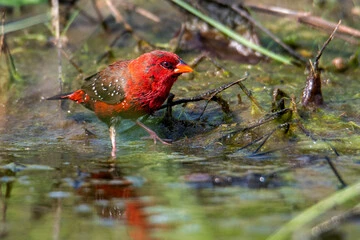
Wild red avadavats feast seasonally – grass seeds dominate in dry months, supplemented with insects during monsoon’s bounty. Your strawberry finch diet should mix high-quality seeds, live protein, and fresh produce.
Daily Dining Guide
Provide varied nutrition through:
- Seed Mixes: Small millets (panicum, white millet), canary seed
- Live Foods: Mini mealworms, flightless fruit flies (critical during breeding)
- Greens & Veggies: Julienned spinach, cucumber ribbons, crushed pepitas
- Calcium Sources: Crushed cuttlebone, powdered oyster shell
| Day | Primary Feed | Supplementary Items |
|---|---|---|
| Mon, Wed, Fri | Premium finch seed mix | Sliced zucchini, sprouted seeds |
| Tue, Thu, Sat | Egg food + live insects | Shredded kale, chia sprouts |
| Sunday | Fruit mash (papaya/apple) | Dandelion greens, mineral grit |
Foods to Absolutely Avoid
Never offer avocado, chocolate, caffeine, alcohol or high-fat/salty foods. Their tiny metabolisms cannot process toxins that larger birds tolerate.
Mastering Strawberry Finch Care: Health and Handling Insights
Though hardy, strawberry finches hide illness well. Observe daily for:
- Plumage fluffiness or feather damage
- Changes in vocalization energy
- Irregular perch-clinging balance
Schedule annual avian vet visits positioned on quieter days. Their petite nature demands gentle handling – I use tea towels to cover nervous birds during medical checks. Excellent cage hygiene prevents microbacterial issues. Disinfect perches monthly with F10 solution and swap cage liners every other day.
Social Dynamics & Cagemates
These birds flourish in pairs or trios. For mixed aviaries, low-key companions like spice finches can work well. Avoid pairing them with assertive species who might consume food first or disrupt nesting females.
Breeding Behavior: Encouraging Next Generations
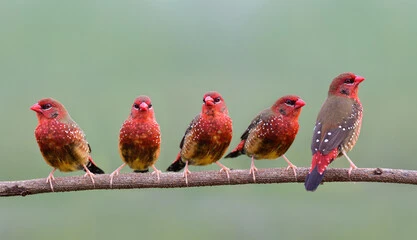
When breeding sparks fly, males intensify their hues and perform bobbing dances while singing softly. Nest sites tend toward grassy hideaways or covered baskets. Females lay 4-6 eggs per clutch, incubated jointly for 11-14 days. Chicks fledge around three weeks – a fascinating growth spurt to witness! Key requirements include:
- Layer of nesting grasses (coconut fiber loves)
- Increased live proteins (mealworms)
- Secluded quiet space – curtains around aviaries reduce stress
“My breeding trio’s crimson explosion each spring never ceases to astonish me,” shares avian keeper Lindsay Moore. “Success lies in replicating tropical wet seasons through misting and sprouted seeds.”
Conservation Considerations: Ethical Ownership
While captive-bred populations sustain the pet trade, Red Avadavats face habitat pressures in Southeast Asian wildlands. Always obtain birds from certified breeders – never support trapping. Seek sellers providing hatch certificates with closed leg bands.
FAQ: Your Strawberry Finch Queries Answered
Q: Are strawberry finches beginner-friendly pets?
They’re moderately challenging but manageable if researched thoroughly. Check our breakdown of beginner pet birds for comparisons.
Q: How long do these birds typically live?
With premium care – including stable temperatures and parasite prevention – your Strawberry Finch Bird can thrive 6-8 years, sometimes longer.
Q: Why isn’t my male strawberry finch turning red?
Non-breeding males revert to fawn colors. Boost red tones with carotenoid-rich foods like carrot juice over seeds. Mating-focused lighting cycles also enhance pigment intensity over 6-10 weeks.
Q: Can I keep just one strawberry finch effectively?
I strongly recommend against singles – these high-social birds languish without companions. Pairs bond beautifully without constant human interaction demands.
Q: Where can I see successful care examples in action?
Visit specialist forums at Finch Aviary for documented colony setups and troubleshooting logs.
The Final Perch: Embracing the Avadavat Adventure
Strawberry finches offer enormous rewards beyond their dazzling aesthetics – witnessing courting dances or fledgling chicks provides genuine heart-melting moments. As specialist bird species, they demand more nuanced attention than budgies but return that investment in pure avian spectacle.
Sound like your next feathery venture? I’d love hearing about your strawberry finch experiences! Share your stories below or tag #StrawberryFinchMagic on social media. Questions welcomed anytime – let’s cultivate birdkeeping excellence together!


